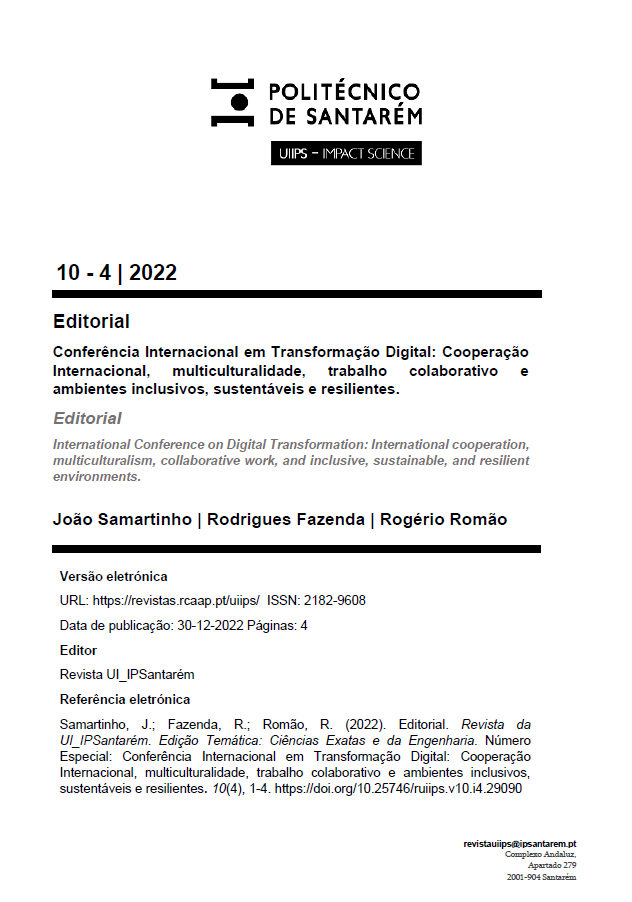Use of Fraud and Corruption Mitigation Technologies in the Mozambican State Financial Administration System
DOI:
https://doi.org/10.25746/ruiips.v10.i4.29112Keywords:
Control, Technological instruments, Legal instrumentsAbstract
In order to materialize this aim, it is essential to implement technologies associated with and aligned with mechanisms and legal instruments for the control and detection of fraud and corruption in the financial administration of the State in general. The judgment of existing models of public administration is particularly due to the evolution of the State. (Lopes, 2017), a safeguard that, before any other actions, it is necessary to recognize the integrality of the Democratic State in the political sphere through the evolution of the Rule of Law to the Social State or State of Welfare. For the materialization of this article, bibliographical and documentary research was used from a qualitative approach to a theoretical reflection of the object of study. In this context, the study brings together concepts and ideas within a comparative investigation of various approaches on the concepts of the Mozambican financial administration system and its complexity around control, detection of fraud and corruption. Mozambique is a Democratic State, with a Financial Administration whose objective is to establish and harmonize the rules and procedures for planning, budgeting, execution, control, monitoring and evaluation of the results and management of public resources, as well as developing subsystems that provide timely information and reliable information on the State's plan and budget and assets, better developing electronic subsystems for the detection of fraud and corruption in the State's financial administration system.
Downloads
Published
How to Cite
License
Copyright (c) 2022 Almeida Agostinho Chirindza

This work is licensed under a Creative Commons Attribution-NonCommercial-NoDerivatives 4.0 International License.
Authors publishing in this journal agree to the following terms:
Authors retain copyright and grant the journal the right of first publication, with the article simultaneously licensed under the Creative Commons Attribution License that allows sharing of the work with acknowledgement of authorship and initial publication in this journal.
Authors are permitted to enter into additional contracts separately for non-exclusive distribution of the version of the article published in this journal (e.g., publish in an institutional repository or as a book chapter), with acknowledgment of authorship and initial publication in this journal.
Authors have permission and are encouraged to publish and distribute their work online (e.g., in institutional repositories or on their personal webpage) at any point before or during the editorial process, as this may generate productive changes, as well as increase the impact and citation of the published work.



